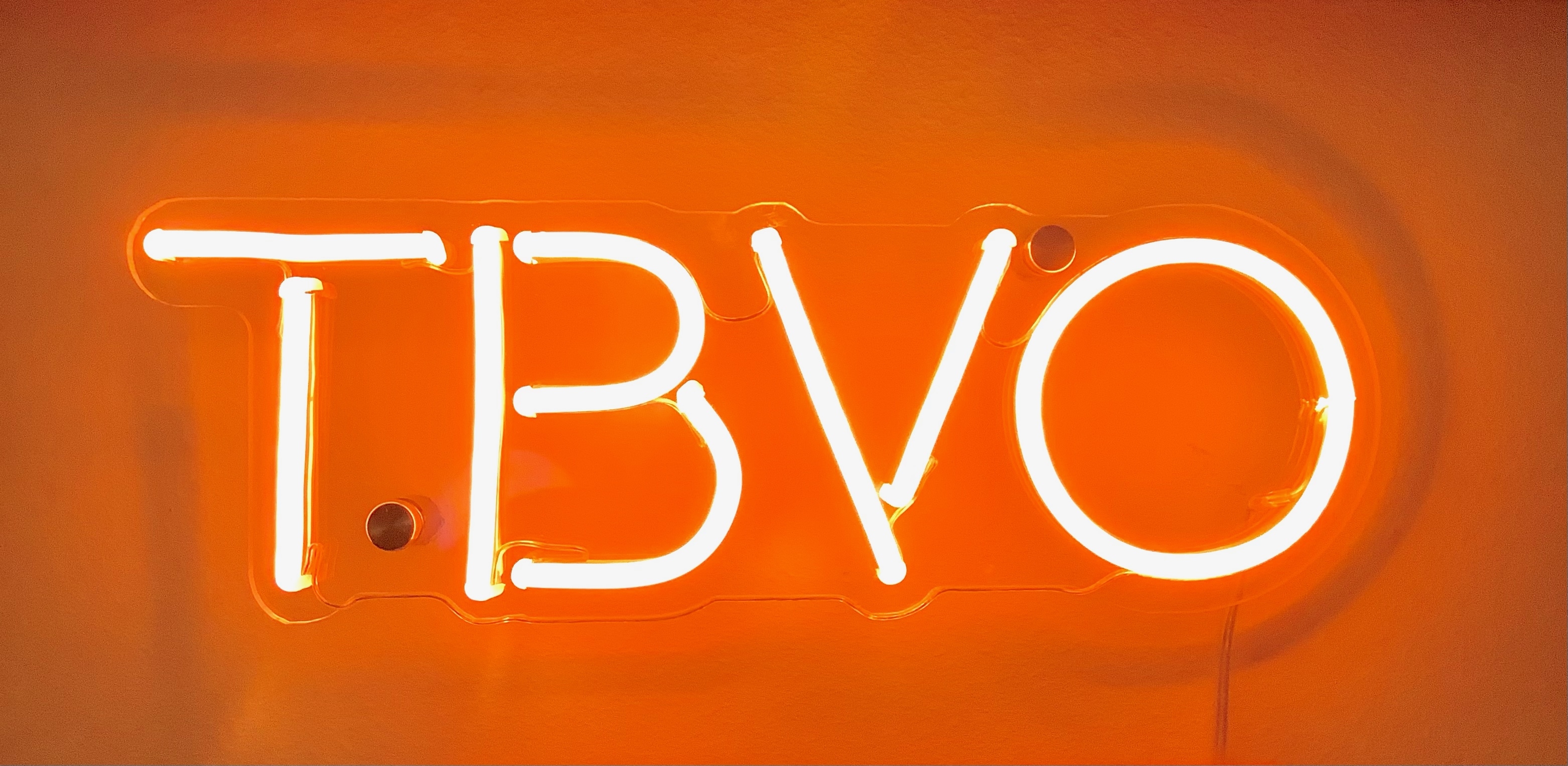Gaslighting Gaucho
Perhaps no catalog besides The Beatles’ is more beloved by audiophiles than Steely Dan’s. But while The Beatles’ digital history is fairly straightforward, the Dan’s is murky.
Steve Hoffman Forum user bmoregnr has gone to great lengths to cull the forum’s collective knowledge spread across dozens and dozens of threads and compile every known digital version of each Steely Dan album.
That said, there’s still much we don’t know.
I tried to provide some further clarity for one Dan album with the Aja installment of TBVO. Along the way, I found out that what’s been assumed to be the rare Hoffman-mastered CD of that album is actually far more common than previously known.
Eventually, I’d like to write a TVBO entry for each Steely Dan release, and Gaucho is at the top of that list. While a full analysis will have to wait for that TBVO column, I thought I’d use my first Club TVBO blog post to shed some light on perhaps the biggest Gaucho mystery.
In a 1991 EQ Magazine column, legendary Dan engineer Roger Nichols wrote:
In 1982, Donald Fagen, Gary Katz and myself gathered up all of the original Steely Dan tapes (15 ips analog) and transferred them to digital [tape] format so that they would not deteriorate any further. This was in anticipation of catalog re-release in the new Compact Disc format. The first two albums to be released on CD were Aja and Gaucho. I listened to the CDs and they were fine.
Mobile Fidelity is licensed to produce gold-plated CDs of Aja and Gaucho. They called me up to ask me if I liked the sound of their pressings. I listened to them and compared them to the CDs from MCA. I figured the only difference I would hear would be the difference between the gold plating and the aluminum plating on the stock CD. I was shocked! They sounded completely different. The gold ones sounded worse. The gold GauchoCD was even a different speed, about a quarter tone sharper than the original CD from MCA.
A writer I know called me to ask if I heard any difference between the stock CDs and the gold CDs. I told him what I found. He said that he didn’t hear any difference. The lightbulb went on in my thought balloon! The stock CDs that I had were produced seven years ago and the ones my friend used were just purchased at Tower Records. I jumped in my car and zipped over to the nearest record store and purchased new copies of the CDs in question. He was right, the new stock CDs sounded exactly like the gold CDs, including the pitch shift on the Gaucho CD.
The time we spent transferring all of the original masters was wasted. The record company in their infinite wisdom decided that when they needed new 1630 CD masters to send to the CD plant, that it would be better to use the EQ’d analog copy that had been sitting around for 15 years instead of the digital tapes that we supplied to them nine years ago for just this purpose. And on top of everything else, they couldn’t even make sure that the analog machine that played back the Gaucho tape was going the right speed.
Since then, the notion that Mobile Fidelity Sound Lab (MFSL) Gaucho CD ran faster than the other ‘80s CD releases has become common knowledge. So has the belief that the MFSL’s speed is the wrong speed.
While I’m loath to question a genius like Nichols, I’m not so sure that either of those ideas is correct.
Even before I start formal work on a TBVO, I’m always tinkering and investigating. (That’s why I wanted to write the TBVO column in the first place. I love this stuff!) On of the many sonic rabbit holes I went down involved this Gaucho speed issue.
In order to figure out which versions ran fast, I lined up the various digital version of Gaucho in Audacity and made an (approximate) mark for a specific drum hit near the end of the opening track, “Babylon Sisters.” Digging deeper, I tracked some vinyl rips down on the interwebs and added those to the mix, too.
Here’s what I found (and, remember, these times are approximate when it comes to the fractions of a second):
- 5:31.852 – ‘80 US vinyl rip #1
- 5:32.247 – ‘80 US vinyl rip #2
- 5:30.194 – ‘80 Japanese vinyl rip
- 5:29.795 – ‘84 VDP-26 Japanese CD
- 5:32.192 – ’84 37220 CD
- 5:32.171 – ’91 MFSL CD
- 5:32.220 – ‘91 21021 Japanese CD
- 5:32.499 – ’91 MCLD 19146
- 5:29.795 – ‘93 Citizen box CD
- 5:29.781 – ‘00 Remastered CD
- 5:32.104 – ‘03 SACD
- 5:32.122 – ‘04 DVD
- 5:29.653 – ‘10 Japanese SACD
- 5:32.114 – ’14 24/96 HiRes
Now, there may be a version or two missing from this list above. Tracking down some of the more obscure CDs is a task left for the full TBVO. But based on what I do have, the thing that stands out is that most versions of Gaucho, including the original U.S. vinyl and CD issues, run at the speed that Nichols says is incorrect. Moreover, that speed is actually slower, not faster, than the one Nichols says is correct.
How can we categorize the ones that run faster? They’re either Japanese issues (with the exception of the ’91 Japanese CD) or they’re based on Nichols’s ’82 digital tapes, such as the Citizen box and the ’00 remaster.
So where does this leave the Gaucho speed debate? I think there are two possibilities:
The first possibility is that, up until the Citizen box, the only releases to get Gaucho's speed right were the original Japanese vinyl and CD releases. However, it would seem surprising that no one — including not just Nichols, but also engineer Elliot Scheiner and famously perfectionist Dan members Walter Becker and Donald Fagen — noticed that all of the U.S. releases up until 1991 were incorrect. Indeed, in his EQ column, Nichols says that the original CD release of Gaucho was the correct speed. Presumably, though not certainly, that was the aforementioned ’84 U.S. 37220 CD, which runs at the same speed as the MFSL. I’d likewise assume that everyone involved with Gaucho gave the U.S. vinyl release, which runs at the same speed as the MFSL CD, a close listen before it was approved.
The other possibility is that maybe the digital safety tape made by Nichols in ’82 was recorded with the analog master running a little too fast. Perhaps that became his personal reference for the album. So when the MFSL CD was released nine years later, he believed the MFSL was too slow, even though it's actually the same speed as all of the previous releases besides the Japanese vinyl and CD. Given that most Japanese releases run at this speed, too, it's possible that the master tape copy sent to Japan in '80 also ran slightly fast.
What’s the real story? I don’t know. The only thing I’m certain of is that what’s become the conventional wisdom about Gaucho’s speed — that the MFSL CD is a too-fast outlier — is incorrect.
There are lots of other interesting tidbits about the Gaucho CDs, such as the fact that the MFSL disc and the early CINRAM disc are nearly identical in terms of equalization (something I've never encountered before, since Mobile Fidelity discs are billed as unique masterings), though they vary in channel balance.
I don't know what to make of all this, but it's certain whet my appetite for the future Gaucho TBVO. There's perhaps no artist I like to write about more than Steely Dan.













7 Comments
Recommended Comments